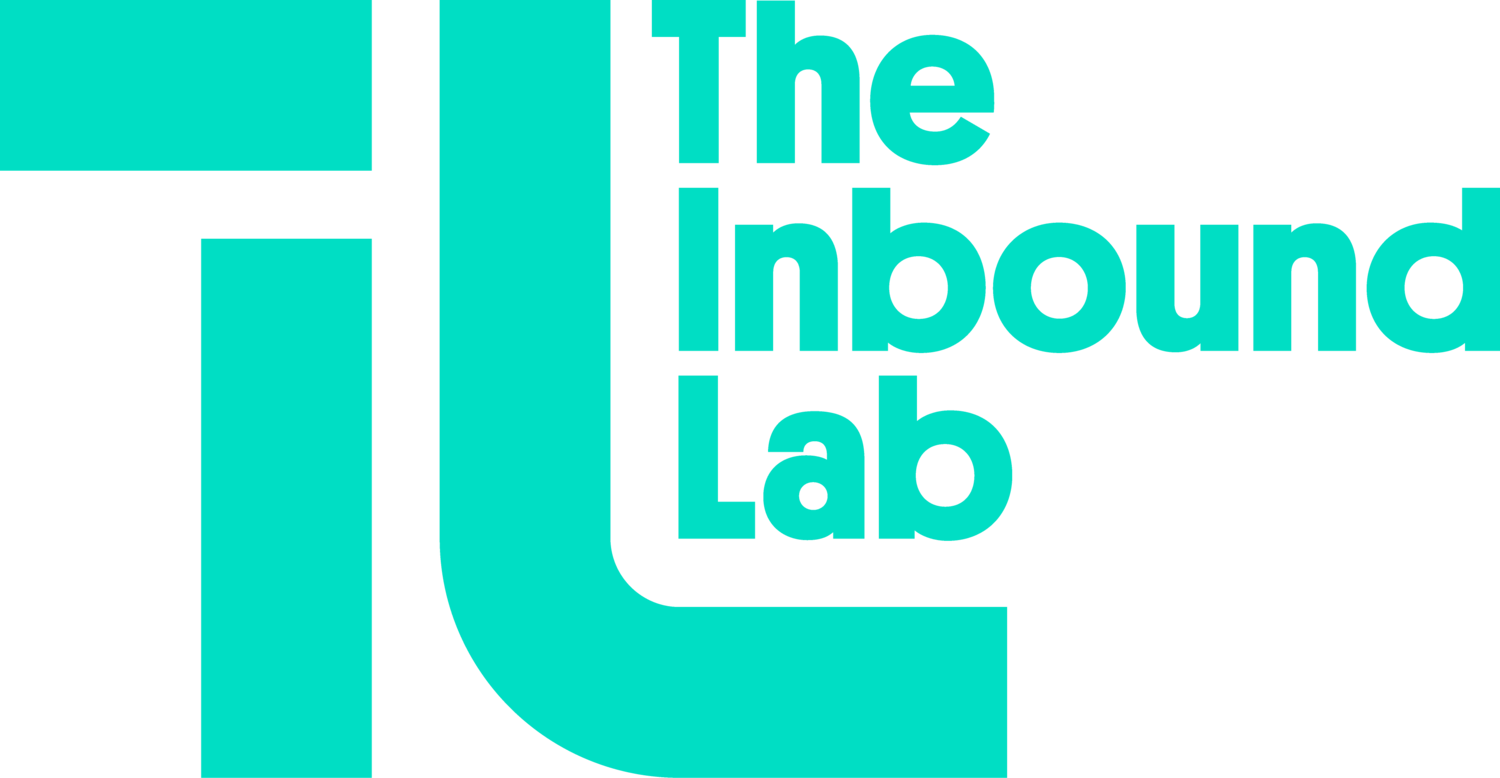What's Lifecycle Marketing?
The lifecycle marketing concept.
The primary objective of lifecycle marketing is to build and nurture lasting relationships with customers throughout their entire journey with a brand. This approach recognizes that customers go through distinct stages, from initial awareness to becoming loyal advocates.
Attract
This is where you grab people's attention and get them interested in your stuff. You do this by using things like social media, blogs, and other cool stuff to tell people about your brand.
Convert
Using strategies like sales funnels, webinars, and personalized outreach, you're turning interested prospects into paying customers.
Delight
Keep your customers happy. Providing excellent customer services, offering loyalty programs, and creating valuable content to keep your customers coming back for more.
Advocates
The ultimate goal is to turn satisfied customers into brand advocates. Advocates are those customers who love your brand and enthusiastically recommend it to others, leading to increased brand loyalty and referrals.
Customer Lifetime Value
This means increasing the total value that a customer brings to your business over their lifetime. This can be achieved by retaining customers, encouraging repeat purchases, and fostering brand loyalty.
Analyze and Improve
Continuous analysis and improvement are vital to lifecycle marketing. We measure the effectiveness of your marketing efforts at each stage and make necessary adjustments to enhance the customer journey and overall business performance.
What are the benefits of Lifecycle Marketing?
Lifecycle marketing offers several benefits to businesses looking to build stronger customer relationships and maximize their marketing efforts. Here are some of the key advantages:
Improved Customer Engagement: Lifecycle marketing enables businesses to engage with customers at different stages of their journey, resulting in more meaningful interactions. This can lead to increased customer satisfaction and loyalty.
Higher Conversion Rates: By tailoring marketing efforts to specific stages in the customer journey, businesses can see higher conversion rates. When you offer the right message at the right time, it's more likely to resonate with the audience.
Customer Retention: Focusing on the post-purchase stage and customer delight can lead to better retention rates. Satisfied customers are more likely to return for future purchases, reducing churn.
Increased Customer Lifetime Value (CLV): Lifecycle marketing strategies encourage repeat business, upselling, and cross-selling, all of which contribute to a higher CLV. Maximizing CLV is a key goal of this approach.
Enhanced Customer Loyalty: When customers have positive interactions at every stage of their journey, they are more likely to develop brand loyalty. Loyal customers are more likely to stick with your brand and recommend it to others.
Cost-Effective Marketing: Targeted marketing messages are more cost-effective than blanket marketing campaigns. You're spending your marketing budget where it matters most, improving the return on investment (ROI).
Valuable Customer Insights: Analyzing customer behavior at each stage of the lifecycle provides valuable insights that can help refine marketing strategies. This data can be used to better understand customer needs and preferences.
Personalization: Lifecycle marketing allows for more personalized and relevant content and offers. Personalization can significantly boost customer engagement and conversions.
Efficient Marketing Campaigns: Focusing marketing efforts on specific stages means you can optimize your campaigns for each stage, making them more efficient and effective.
Positive Customer Experiences: Lifecycle marketing emphasizes delivering positive customer experiences throughout the entire journey. This can lead to happy customers who are more likely to recommend your brand.
Better Communication: Consistent and relevant communication with customers fosters trust and brand credibility. It shows that you care about their journey and are there to support them.
Brand Advocacy: Satisfied customers can become your brand advocates, promoting your products or services to others. Word-of-mouth marketing is often the most effective form of advertising.
Contact us.
Are you ready to invest in low-cost marketing that can give you the most value for your investment?
